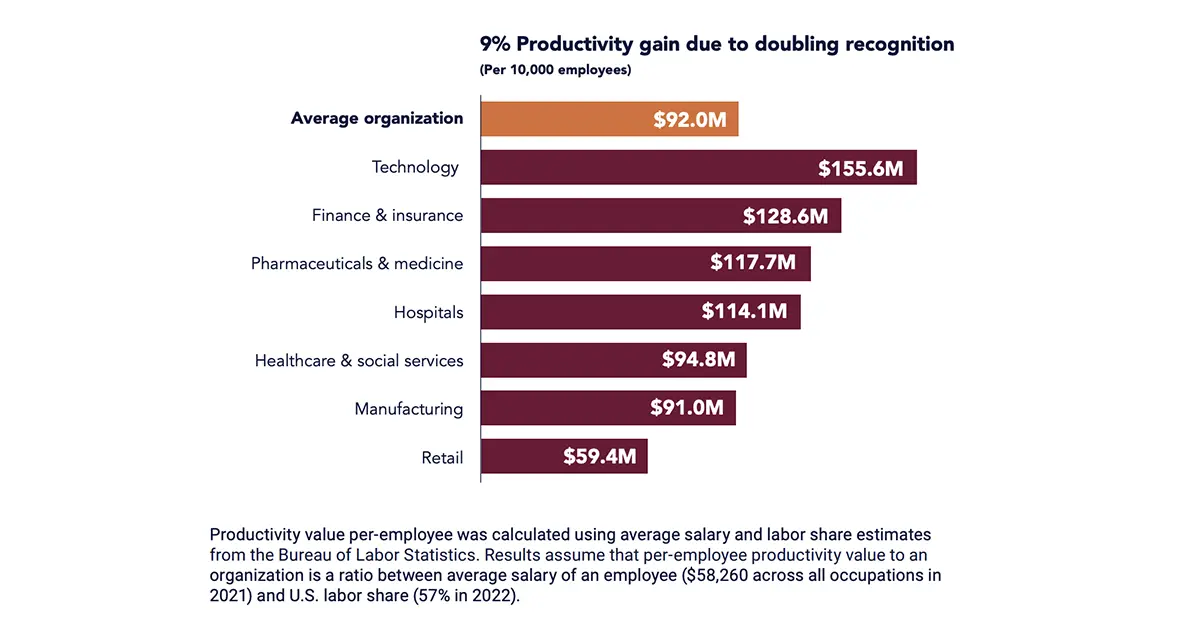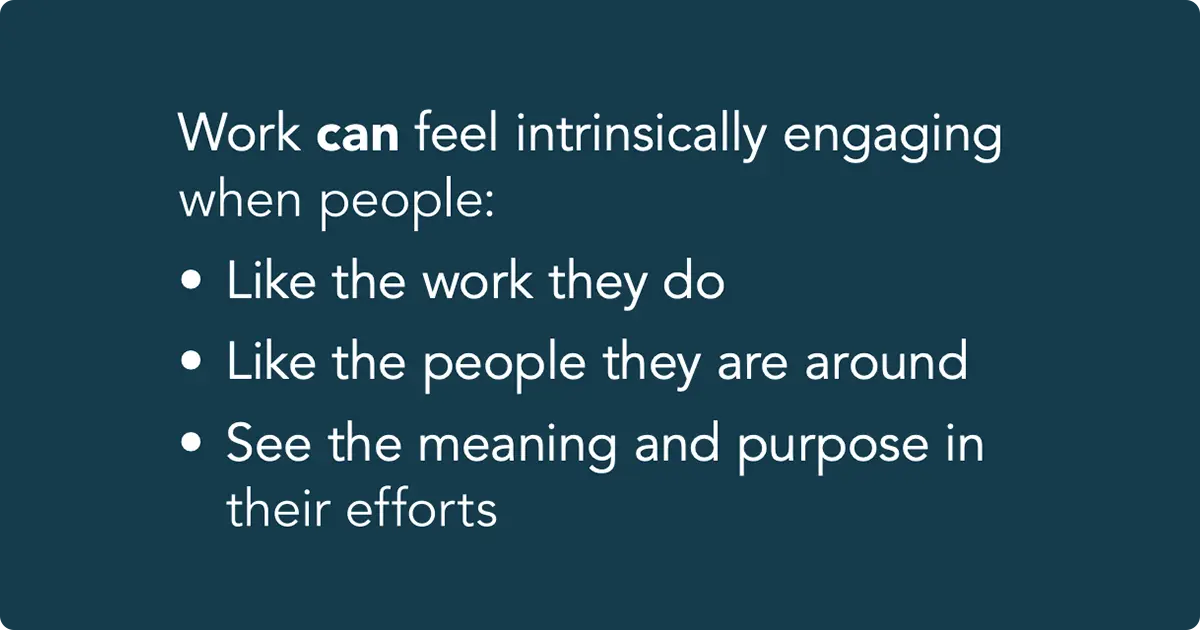Reassessing “Productivity” Through an Anti-Ableist Lens

Issues regarding ableism in the workplace have surfaced in many discussions about the post-Covid world of work. With so many conversations about remote work vs. in-person and how to measure productivity in a shifting professional landscape, it’s becoming widely recognized that not all employees can be held to the same standards.
Measuring productivity can be especially difficult for leaders in “white collar” industries, where quotas, KPIs, and other indicators of success are often more abstract.
Read on to better understand how to more accurately define and measure productivity, as well as how to fight ableist stereotypes in your workplace and see your employees for their holistic value as human beings, not just their output as workers.
Understanding disability, neurodiversity, and mental and physical health
When discussing ableism in the workplace, many leaders only consider prejudices toward employees with physical disabilities. While accessibility for those individuals is extremely important, there are many other employees who also deserve accommodations and recognition for their efforts.
For example, neurodiverse employees or individuals who struggle with their mental health may be dismissed as “difficult” or brushed off as undeserving of help.
Autistic individuals in the workplace may be seen as rude for not engaging in pleasantries or needing to isolate in order to concentrate on finishing a task. Individuals struggling with depression may be seen as “downers” or impediments to a positive company culture.
It's very important to begin challenging these internalized biases, both on personal and professional levels.
What are some examples of ableism in the workplace?
Ableism can show up in the workplace in both obvious and subtle ways, including:
Using ableist language
There are many ways that ableist language can sneak into someone’s daily lexicon. For example, calling unpredictable weather “bipolar” or calling oneself “OCD” when straightening up the office space can be uniquely hurtful for employees who live with these conditions.
Additionally, using colloquialisms such as “turning a blind eye” or “falling on deaf ears” can contribute to building a culture of ableism and a hierarchy between disabled and non-disabled employees. Words like “lame,” “dumb,” or “hysterical” also have ableist roots, and finding better alternatives can help create a more comfortable environment for everyone in the workplace.
Only praising certain types of intelligence or contributions
Einstein once quipped: “Everybody is a genius. But if you judge a fish by its ability to climb a tree, it will live its whole life believing that it is stupid.” Measuring employees’ success, worth, or productivity by comparing them to one another is unproductive and destructive on personal and organizational levels.
For example, leaders may be quick to praise extroverted employees who always volunteer to lead meetings and share their team’s successes, while more introverted employees who are making equal contributions go unnoticed. Managers may also neglect to recognize employees whose social and interpersonal skills keep the team running smoothly, focusing only on concrete output and “the bottom line.”
By broadening your perspective to more clearly see what each individual employee is contributing, you can create a culture of gratitude in your organization that helps employees feel seen and encourages productivity.

Want to see how deeply recognition can impact productivity? Download our exclusive report now.
Expecting employee output to never fluctuate
Holding your employees to the same standards of productivity year-round, regardless of what’s going on in the world or in their lives, is both unfair and unrealistic. Employees may go through personal tragedies, experience health crises, or be very affected by world events, which can drastically impact their productivity in the short term.
It can be extremely damaging to expect employees to perform at their highest capacity regardless of what hurdles they may be facing in their personal lives. Allow for natural ebbs and flows in their level of output and keep channels of communication open so they can share about any hardships they may be facing.
This is especially important for employees who live with chronic illnesses and may be dealing with flare-ups that can greatly impact their ability to function on even a basic human level from one day to the next.
How can I reduce ableism in my workplace?
Combating ableism at work begins with taking an honest inventory of your current culture and policies. Once you identify where there is room for improvement, you can also consider:
Increasing accessibility for all employees
It’s important to remember that there are three main types of accessibility in the workplace: physical, digital, and social. Physical accessibility refers to features like wheelchair ramps, adjustable desks, and adaptive technology.
Digital accessibility includes providing digital communications in various formats, such as audio files and Braille. Social accessibility refers to an inclusive culture where people of all backgrounds, ethnicities, gender identities, and sexual orientations are welcome.
It's important to ensure that you assess and work to improve all types of accessibility in your organization, not just one aspect. This helps level the playing field so that all employees are better equipped to succeed in their roles.
See also: Remote Workforce Accommodations for Employees with Disabilities
Offering flexible scheduling whenever possible
While this can be more difficult in industries where manual labor is necessary, there is often no reason for white-collar employees to feel forced to complete their work between the hours of 9 AM and 5 PM. Many employees have more downtime and intellectual energy in the evenings or simply would prefer to work earlier or later in the day so they have time for chores, errands, and appointments.
As long as employees can be online or present for meetings, managers should deeply consider the value of allowing employees to complete their work whenever they have the time and energy, as long as deadlines are honored. This can make a world of difference in employees’ ability to care for themselves and their families, which can help them show up to work feeling centered, less stressed, and more engaged.

Providing frequent, timely recognition
No one wants to feel undervalued or under-appreciated for their efforts, especially when they’re laboring away for 40+ hours per week. Whether it’s through a simple thank-you note or a more formal recognition program, infusing more gratitude into your workplace will help motivate everyone to succeed.
Curious to see how recognition can impact your bottom line? Read on to improve your company’s earnings with a few simple cultural tweaks!
Training and educating your employees
It’s important that all your employees understand that not all disabilities are visible. It’s very important in any community, but especially in a workplace, to practice empathy and patience with one another. There are many physical, mental, and emotional issues that can affect an employee's workplace productivity, and giving one another grace creates a more human-centric, healthy environment for all employees.
By educating your employees on different issues that may affect members of their teams, as well as fostering a culture of acceptance and understanding, you can foster a more inclusive community where every employee has the support and resources they need to thrive.
Wrapping up
While it may seem counterintuitive at face value, uncoupling your employees’ worth from their output will help create a more empathetic, inclusive environment where your team will feel empowered to thrive.
By increasing accessibility in all areas, encouraging leaders to be more attuned to their employees’ unique needs, and allowing for natural fluctuations in employee productivity, leaders can create psychologically safer workplaces.
Respecting every employee as a human being above all else will help your team feel more at home in your workplace community, empowering them to thrive in their roles, no matter what hardships they’re facing.
About the author
Anna Picagli
As an RYT500 yoga instructor and a Reiki Master Teacher, Anna is an advocate for holistic wellness, especially within the workplace. She’s extremely passionate about the brain-body connection and exploring how mental and physical wellness intersect.
Anna has experienced firsthand how chronic stress, overworking, poor management, and other organizational issues can lead to extreme burnout. Knowing the impact that a toxic work environment can have on a person’s body, psyche, and general sense of well-being, she now works to direct others away from facing the same fate.
As Workhuman’s Senior Content Specialist, Anna is a regular contributor to Workhuman iQ reports and aims to create resources that company leaders can reference to help improve their culture and empower their employees, creating healthier workplaces for everyone.
In her free time, she’s an avid solo traveler, a voracious reader, and a seasoned home chef. You can learn more about Anna’s work on LinkedIn or through the Yoga Alliance.